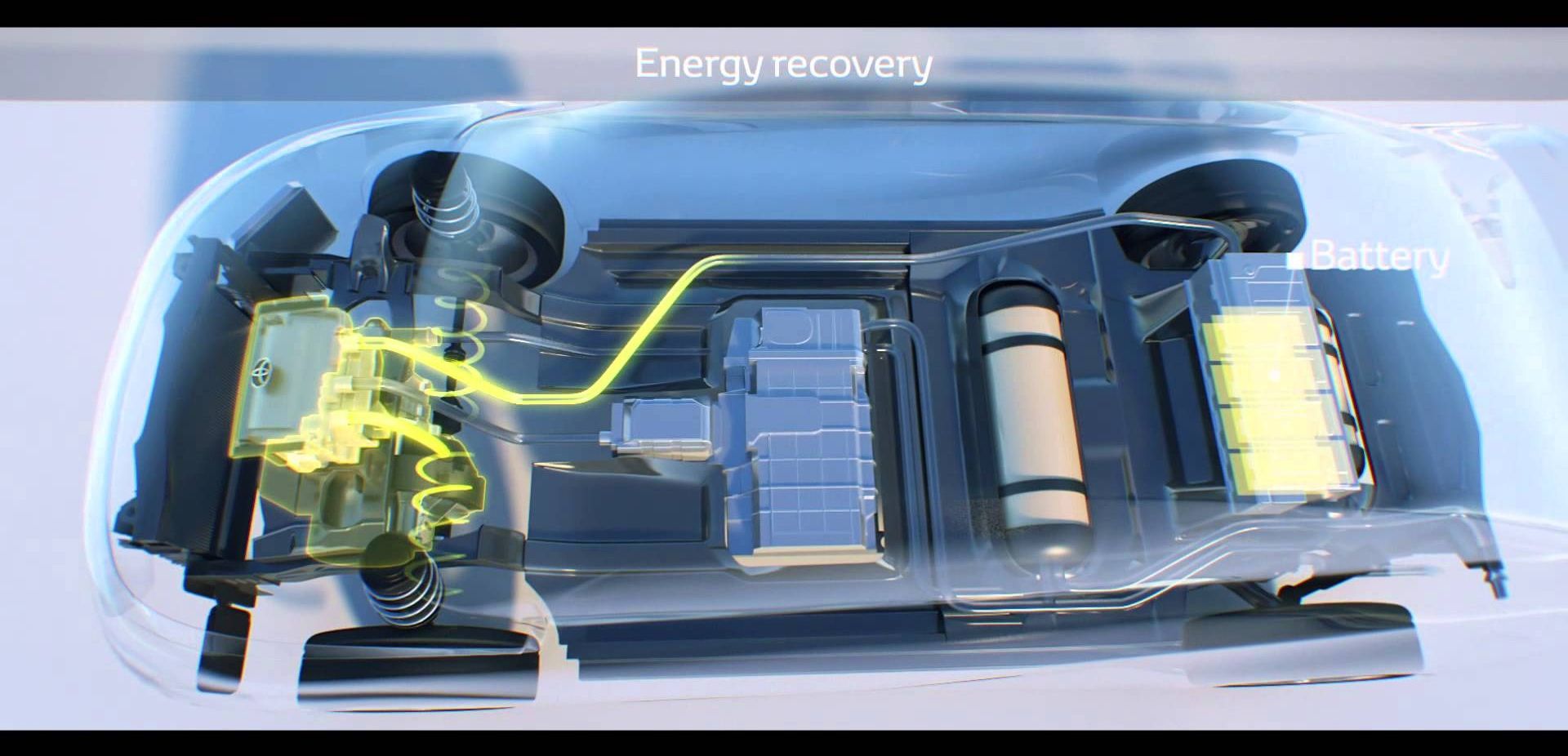Oct 29, 2017
Scientists Just Discovered That Bacteria Have a Sense of Touch
Posted by Shailesh Prasad in category: futurism
Bacteria may not have a central or sensory nervous system as we know it, but they can still physically “feel” the world around them, according to a new study.
It turns out the tiny microorganisms don’t just respond to chemical signals — they also have a sense of touch, and can recognise surfaces and respond to them. Wow.
Our sense of touch is a very important tool for living in the world. It helps avoid hazards and dangerous surfaces, and keeps you from crushing delicate objects.


















